Dishwasher energy consumption class
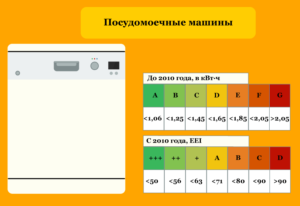 A dishwasher is a fairly powerful household appliance, so many are now interested in the issue of energy consumption classes of dishwashers. Some for reasons of economy, others for reasons of caring for natural resources. In any case, it would be useful to know this information before purchasing a dishwasher in order to have an idea of what communication costs to expect and how much dishwashers generally differ from each other if they are classified by energy efficiency class. Let's cover this topic in the article.
A dishwasher is a fairly powerful household appliance, so many are now interested in the issue of energy consumption classes of dishwashers. Some for reasons of economy, others for reasons of caring for natural resources. In any case, it would be useful to know this information before purchasing a dishwasher in order to have an idea of what communication costs to expect and how much dishwashers generally differ from each other if they are classified by energy efficiency class. Let's cover this topic in the article.
What classes are there?
What exactly is an energy efficiency ratio? This is the ratio of the utility obtained from the cost of a conventional unit of a resource and, directly, the cost of a unit of resource. The more energy efficient a device is, the less energy it can consume without losing performance.
Energy efficiency classes are designated by letters of the Latin alphabet from A to G, out of 7 in total. The closer to the beginning of the alphabet, the higher the energy efficiency. Accordingly, class A is the best.
Class A is further divided into several subclasses (A+, A++ and A+++). It assumes consumption of almost half as much electricity as the standard value. This class includes very high-quality models designed for a service life of up to 15 years. They consume little energy but still work well.
Classes B and C are also quite economical, but less powerful and efficient. Electricity consumption is 25% and 5% less than the standard level, respectively.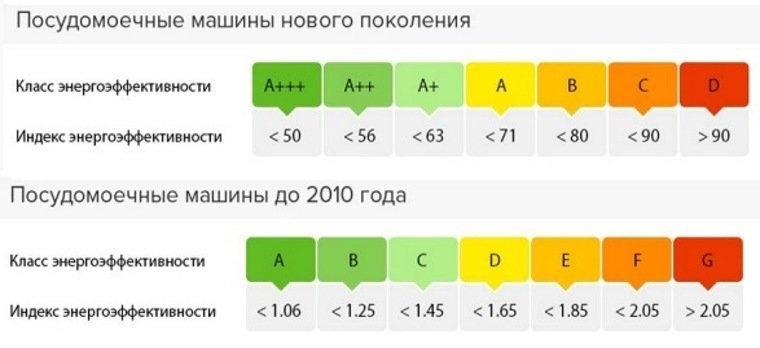
Class D is a kind of middle level; all others are measured by this level of energy consumption.Class E consumes 10% more electricity than efficiency class D.
F and G are the most uneconomical energy consumption classes. They consume a quarter more electricity than the standard level.
Low-efficiency dishwashers are now quite difficult to find. Most of them are labeled class B, and premium models are always labeled A with pluses (indicated in green).
Important! The letter A on premium machines indicates not only a high energy consumption class, but also a number of other characteristics inherent in luxury equipment (place of assembly, drying class, etc.)
Since dishwashers also interact with water, the water efficiency class is also important. However, if the machine is highly efficient in consuming electricity, then it will most likely be the same with water. Optimal consumption is 15 liters per cycle.
The manufacturer is obliged to accompany each released model with an energy efficiency label, which includes the following components:
- manufacturer's name and trademark;
- name and model number;
- a table with all energy efficiency classes, where the class of the unit itself will be displayed;
- quantitative values of resource consumption by the device;
- other values of the main functional parameters of the dishwasher;
- a link to the standard document according to which the model was assigned one or another energy efficiency class.
Labels containing model information are regulated by law and must meet multiple requirements.
- Absolutely every model must be equipped with such a label.
- The label must be placed in such a way that it immediately catches the eye when the client inspects the distributor.
- When transporting the unit, attaching the label must ensure its safety.
- At the discretion of the manufacturer, the label can be glued not only to the device itself, but also to the packaging under it.
According to the Law “On Consumer Rights”, namely paragraph 3 of its Article 10, manufacturers undertake to convey to the buyer information about the energy consumption class of the device according to the method adopted for a specific type of product (through labeling, reflection in technical documentation, through a label, etc. )
Energy consumption classes of popular PMMs
If you look at things objectively, it is obvious that we first of all choose a dishwasher based on price, reviews, type of design and other, at first glance, more significant characteristics. Let's review dishwashers from the same well-known and beloved manufacturers, but in addition to the main characteristics, we will also find out their energy efficiency classes. Go!
- Electrolux ESF 9552 LOW (separate). The machine costs just over $300. Holds 13 cookware sets (6 programs available). All efficiency classes A (A++ for energy consumption, A for washing and drying). Water consumption is only 11 liters per cycle. Condensation drying.
- Candy CDCP 6/E (separate). A budget machine that costs about $150. Contains 6 sets of dishes. Very economical: washing, energy efficiency and drying classes A. Water consumption is quite budget-friendly - 7 liters per cycle. Condensation drying type.
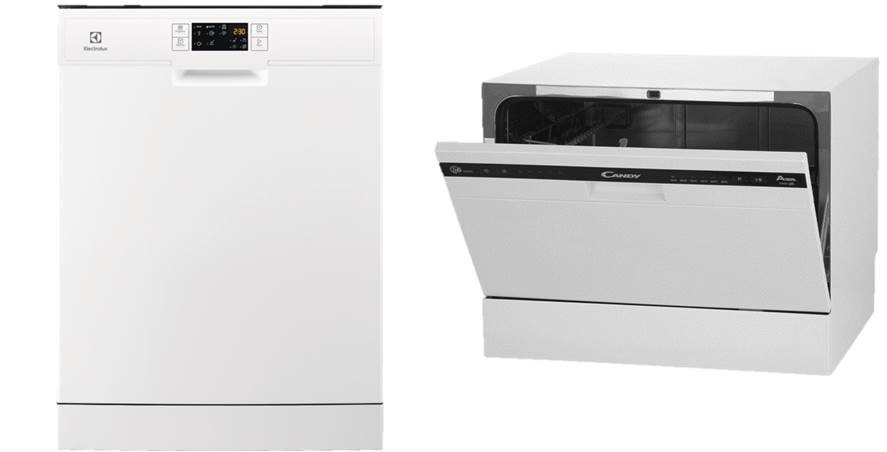
- Weissgauff TDW 4017 D (separate). Another inexpensive dishwasher priced around $200. You can wash 6 sets of dishes in it. The washing and drying classes are marked with the letter A, the energy consumption class is A+. The machine consumes 8 liters of water per cycle.It has a condensation type of drying.
- Candy CDCP 6/E-S (separate). Another model from Kandy costs about $160 with a capacity of 6 place settings. Quite effective in washing, drying and energy consumption (all classes are marked with the letter A). 7 liters of water are consumed per cycle. Drying type – condensation.
- Weissgauff TDW 4017 DS (separate). The second model on the list is from Weishauf, costing just under $200. Drying and washing classes A, energy efficiency class A+. The dishwasher holds 6 sets of dishes. Condensation drying type. Water consumption does not exceed 8 liters per cycle.
- Electrolux EES 948300 L. Unlike previous models, this PMM is built-in. It costs about 40 thousand. The capacity is decent - 14 sets of dishes. Drying and washing classes are A, but the premium energy consumption class is A+++. 10.5 liters of water are consumed per cycle. Condensation drying.

- Candy CDI 2L10473-07. Built-in PMM from Kandy for $250. Holds 10 place settings. Washing, drying and energy consumption classes – A. Condensation drying. Water consumption per cycle is 9 liters.
- Candy CDIH 1L949-08 (built-in). The cost is just under $200. Efficiency classes for all functional parameters – A. Capacity: 9 sets. Water consumption 9 liters. Condensation drying.
- Beko DFS 05R13 W (free-standing). Cost $180. Efficiency class of washing, drying and energy consumption is A. 10.5 liters of water are consumed per cycle. Capacity 10 sets. Condensation drying type.
- Beko DIS 26022 (built-in). The cost of the model is $200. Washing and drying classes are A, and energy efficiency class is A++. The chamber capacity is 10 sets. Water consumption per program is 9.5 liters. Condensation drying type.
Obviously, among models from more or less budget manufacturers you can find models with a high degree of energy efficiency, which is good news.
Interesting:
Reader comments
- Share your opinion - leave a comment

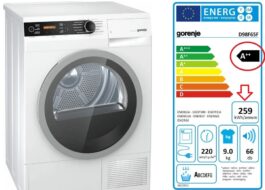
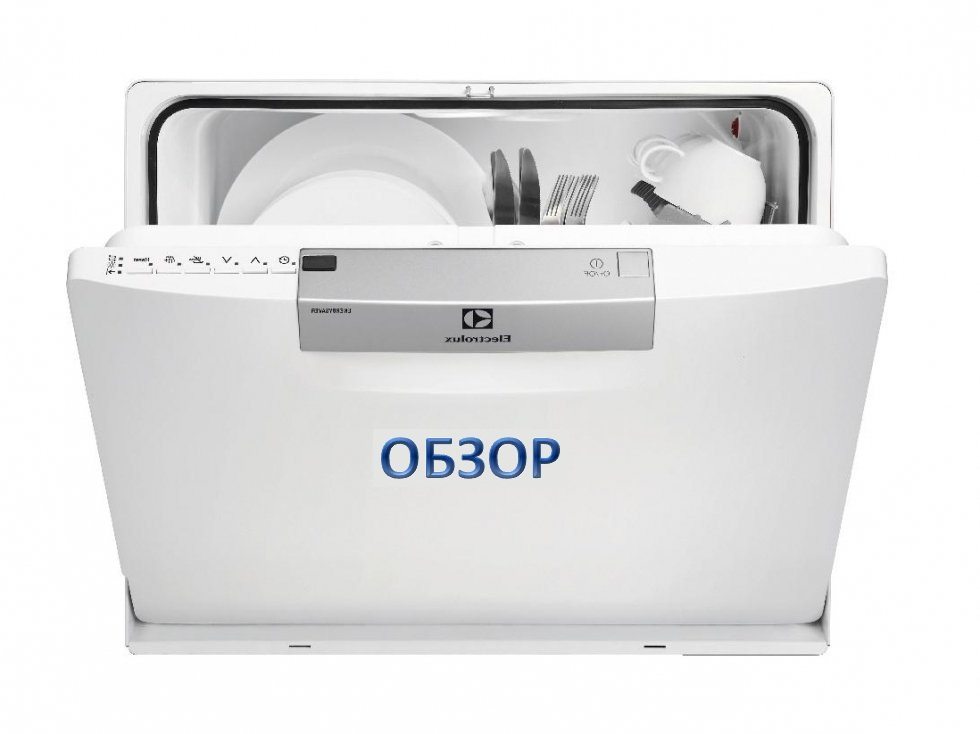

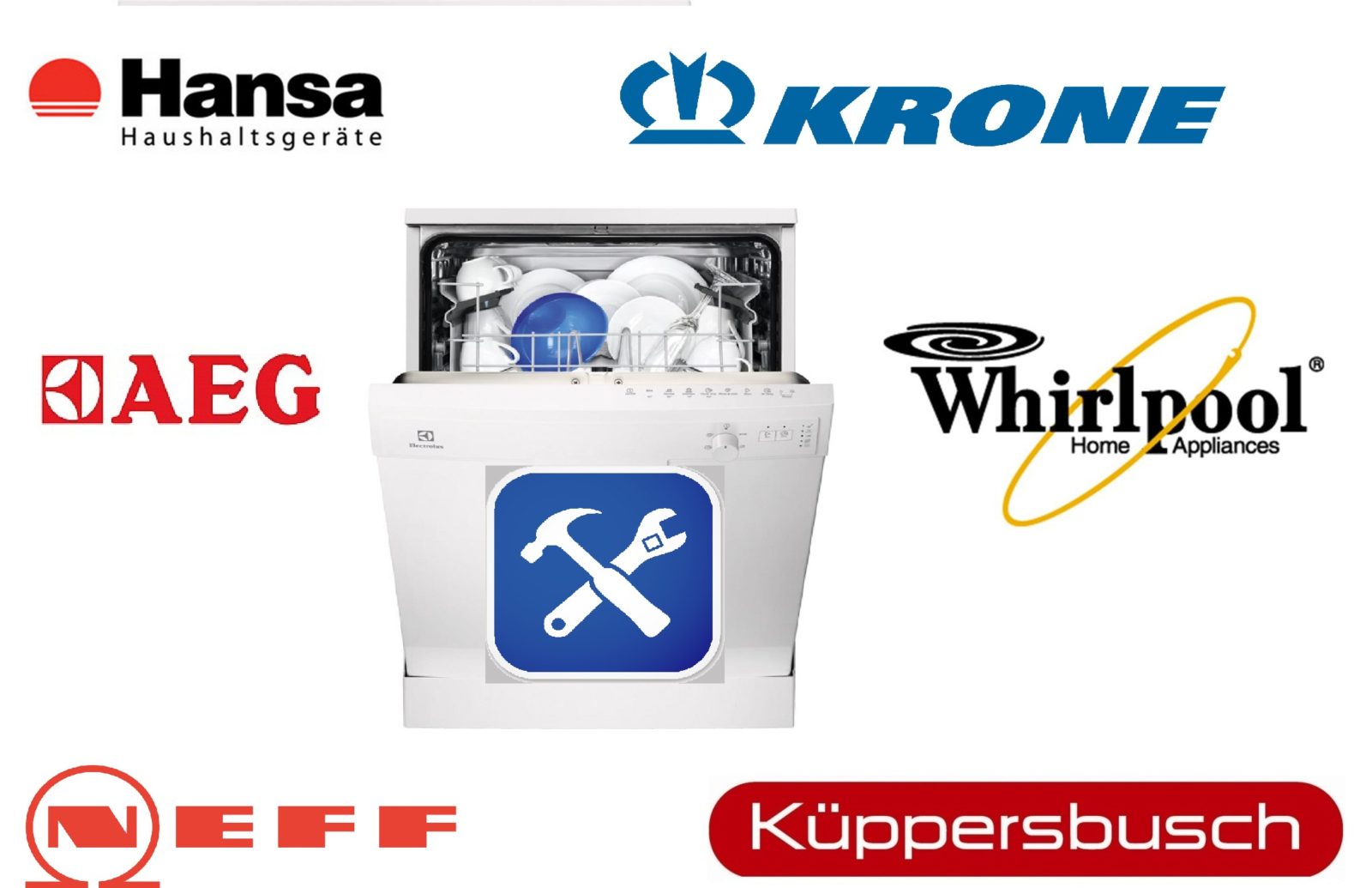
















Add a comment